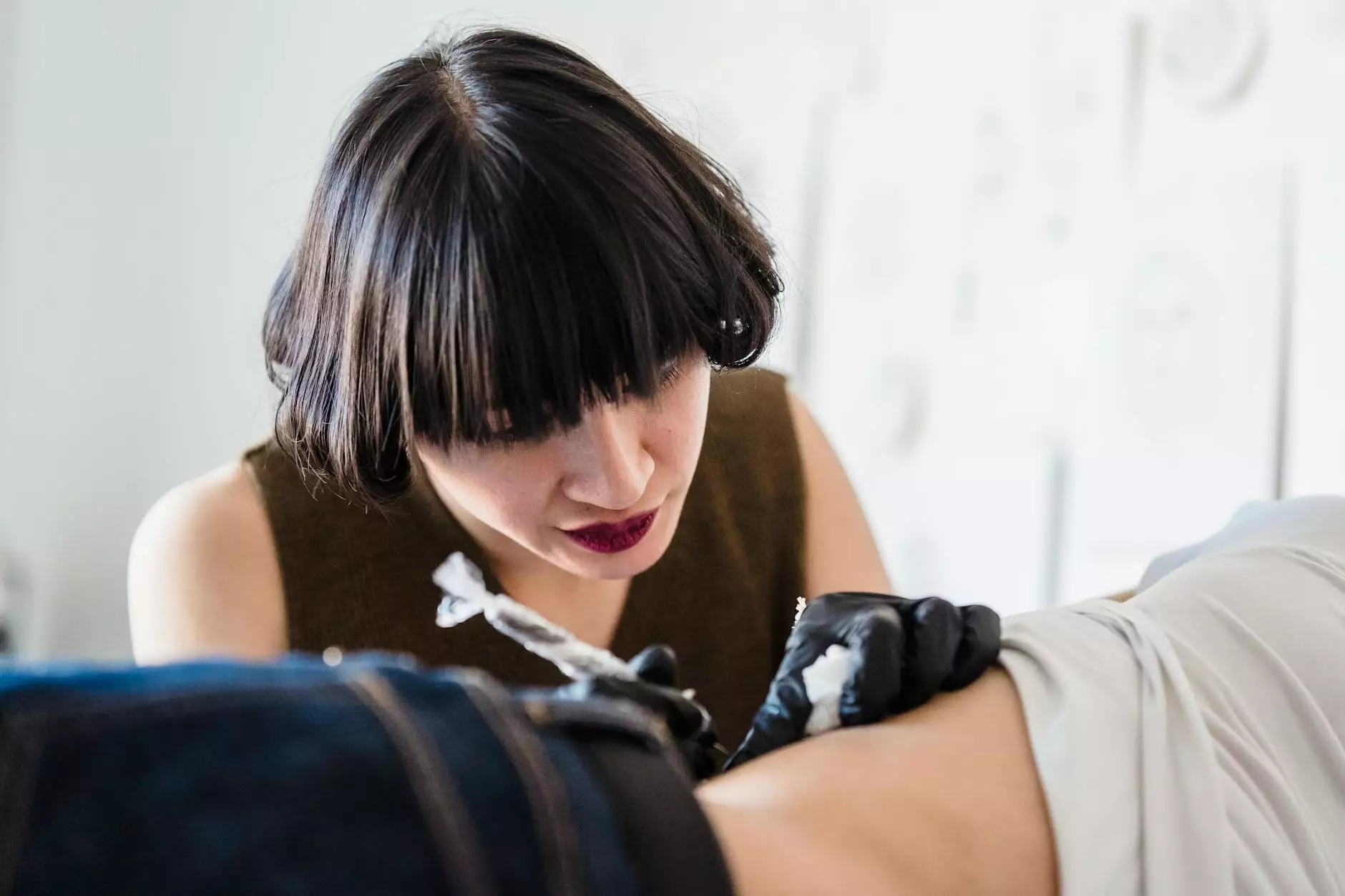Unraveling the Fascinating World of Lizards as Pets
Lizards pet ownership has become an increasingly popular choice among reptile enthusiasts and animal lovers alike. With their unique characteristics, colorful appearances, and relatively low-maintenance needs, lizards offer a rewarding experience for pet owners. In this comprehensive guide, we will explore everything from lizard species suitable for pets to their care, habitat requirements, and much more. Whether you're a seasoned reptile keeper or a curious newcomer, this article aims to provide all the insights needed to embark on your lizard-keeping journey.
Understanding the Appeal of Lizards as Pets
There are numerous reasons why many aspiring pet owners are drawn to lizards. Here are some of the primary factors that contribute to the allure of these reptiles:
- Diversity of Species: From the common leopard gecko to the exotic bearded dragon, the variety of lizard species is astounding. Each species has its own set of unique characteristics.
- Low Allergen Potential: Unlike dogs and cats, lizards do not produce dander, making them suitable for allergy sufferers.
- Minimal Space Requirements: Many lizards thrive in relatively small enclosures, making them ideal for apartments or smaller living spaces.
- Educational Opportunities: Keeping a lizard can be a great educational experience, especially for children learning about biology and ecosystems.
- Unique Behaviors: Lizards exhibit interesting behaviors, such as basking in the sun, shedding their skin, and hunting for food, which can be entertaining to observe.
Popular Species of Lizards Pets
When considering a lizard as a pet, it's essential to choose the right species that fits your lifestyle and experience level. Here are some of the most popular lizard species suitable for pet ownership:
1. Leopard Gecko (Eublepharis macularius)
Leopard geckos are among the most beginner-friendly lizards. With their friendly temperament and unique spotting patterns, they are visually striking and relatively easy to care for. They thrive in a 20-gallon tank and do not require UVB lighting, making them less demanding than other reptiles.
2. Bearded Dragon (Pogona vitticeps)
Known for their docile nature and social behavior, bearded dragons are a favorite among reptile enthusiasts. They require a larger enclosure, ideally 40 gallons or more, and need access to UVB lighting and a basking area. Bearded dragons also exhibit a range of affectionate behaviors, often enjoying interaction with their owners.
3. Crested Gecko ( marmoratus)
Crested geckos are perfect for those who prefer a more arboreal species. They are easy to care for, require a vertically oriented enclosure, and thrive in high humidity. Their vibrant colors and docile nature make them appealing pets.
4. Blue-Tongued Skink (Tiliqua spp.)
This species is known for its distinct blue tongue, which it displays when threatened. Blue-tongued skinks are friendly and can be handled regularly. They require a larger habitat and a varied diet, including both plant and animal matter.
Setting Up Your Lizard's Habitat
Creating the perfect habitat for your lizard is crucial for its overall health and wellbeing. Here are the steps to set up an ideal enclosure:
1. Choosing the Right Enclosure
The size of the enclosure depends on the species of lizard you choose. A general rule is to provide at least 10 gallons of space for every foot of the lizard's length. Glass aquariums are popular choices for visibility and easy maintenance.
2. Temperature and Lighting
Lizards are ectothermic, meaning they rely on external sources to regulate body temperature. A proper temperature gradient is essential, which includes a basking spot and a cooler area within the habitat. Use heat lamps or ceramic heaters, and provide UVB lighting for species that require it.
3. Substrate and Furnishings
Choose a substrate that suits your lizard's species; options include coconut fiber, reptile carpet, or paper towels for beginners. Decorate the habitat with hides, climbing branches, and plants to create a natural environment. Ensure that all items are safe and free from sharp edges.
4. Humidity Requirements
Different lizard species have varying humidity needs. Measure humidity levels with a hygrometer and adjust accordingly. Misting the enclosure or adding a water dish can help maintain humidity levels.
Feeding Your Lizard
Feeding is one of the most critical aspects of lizard care. Here’s how to ensure your pet receives a balanced diet:
1. Understanding Nutritional Needs
Different species have different dietary requirements. Some lizards are herbivores, while others are carnivores or omnivores. Research your specific lizard species to understand the right diet for them.
2. Commercial Diets and Supplements
High-quality commercial lizard diets can supplement your pet's nutrition. Additionally, dust live food with calcium and multivitamin supplements to ensure they receive adequate nutrients.
3. Feeding Schedule
Young lizards may require daily feedings, while adults could be fed less frequently. Monitor your lizard's eating habits and adjust the schedule as needed. Providing variety in their diet prevents boredom and promotes good health.
Health and Maintenance of Your Lizard
Regular health checks and proper care are vital to keeping your lizard happy and healthy. Here’s what to focus on:
1. Regular Veterinary Check-ups
Taking your lizard to a veterinarian who specializes in reptiles at least once a year is essential for monitoring its health. Routine check-ups can help identify problems early.
2. Signs of Illness
Be observant of any signs of illness such as a change in appetite, lethargy, or abnormal shedding. If you notice anything unusual, consult a veterinarian promptly.
3. Cleaning the Habitat
Regularly clean the enclosure, replacing substrate and removing uneaten food. Maintain hygiene to prevent bacterial growth and illness.
Building a Relationship with Your Lizard
Establishing trust with your lizard can enhance the bond between you and your pet. Here are tips for building a relationship:
1. Handling Techniques
Start by allowing your lizard to become accustomed to your presence. Once comfortable, gently begin handling it. Support its body adequately and avoid quick movements to prevent stress.
2. Observing Behavior
Spend time observing your lizard’s behaviors. Each lizard has its unique personality, and understanding it can lead to a stronger bond. Respect their space and avoid overwhelming them.
Conclusion: Embracing the Journey of Lizard Pet Ownership
Owning a lizard can be a fulfilling and enriching experience. By understanding their needs, setting up the right habitat, and providing proper care, you can enjoy the companionship of these remarkable creatures. At buyreptiles.com.au, we are committed to helping you find the perfect lizard pet and supply all essential care items. Start your journey today and discover the joy of having a lizards pet!




